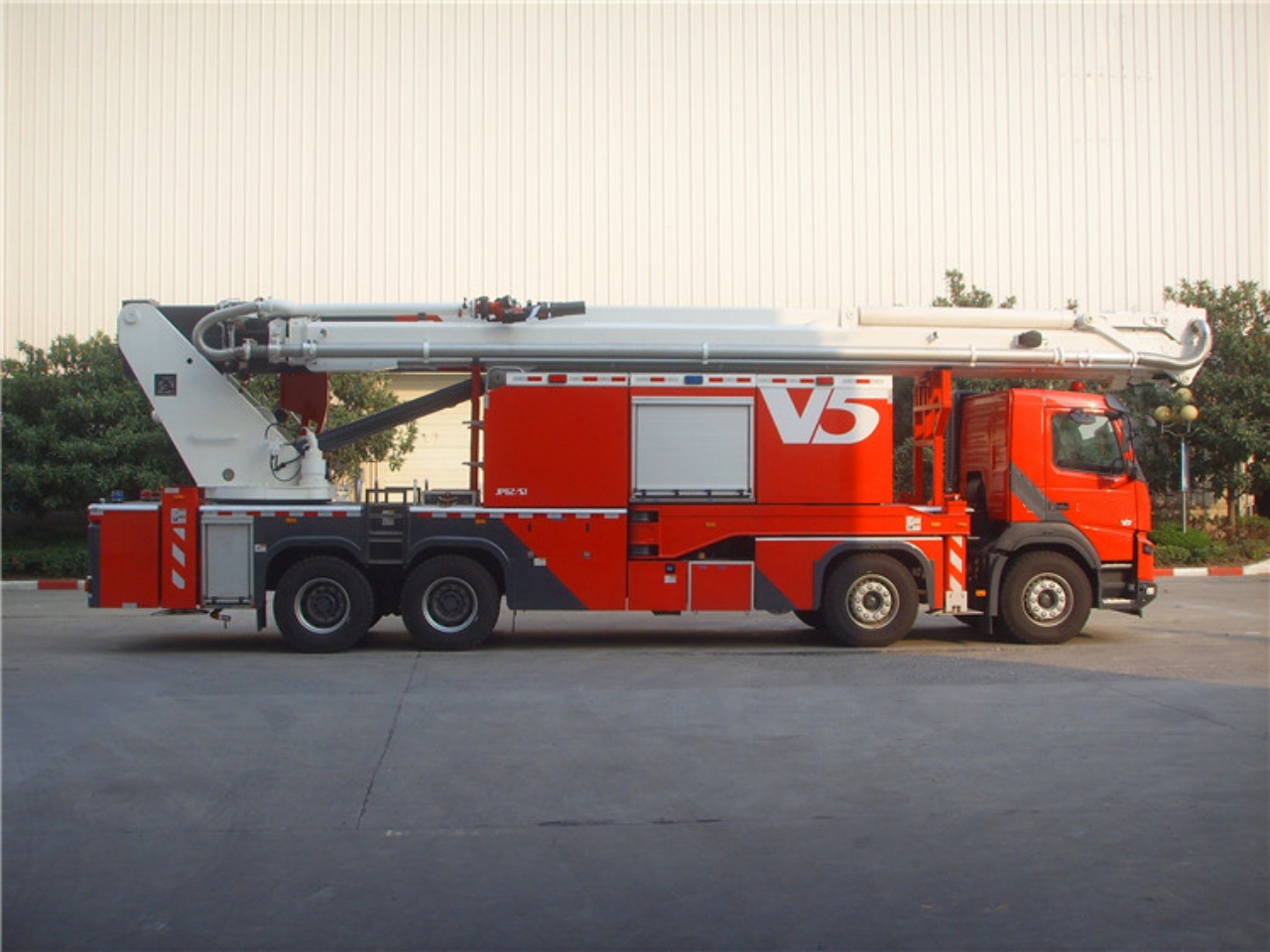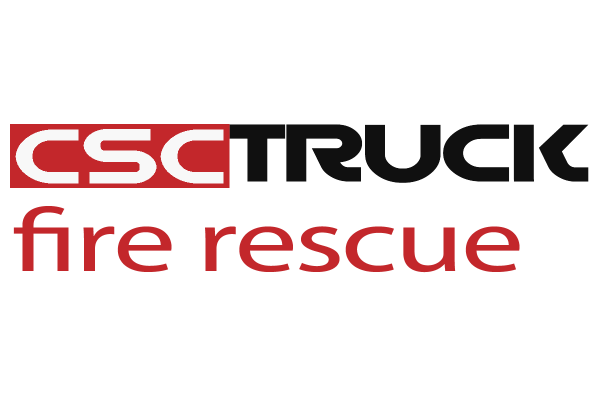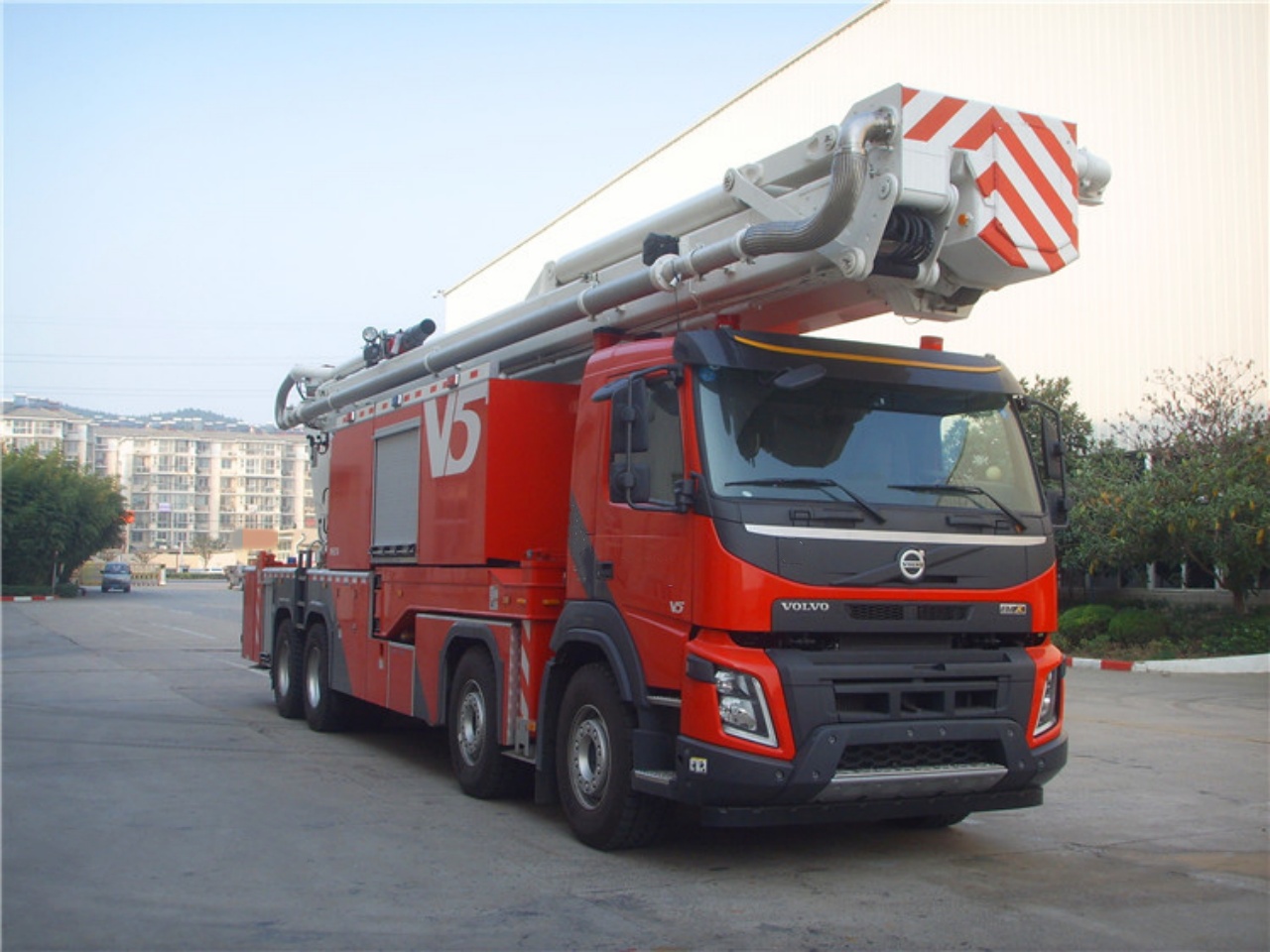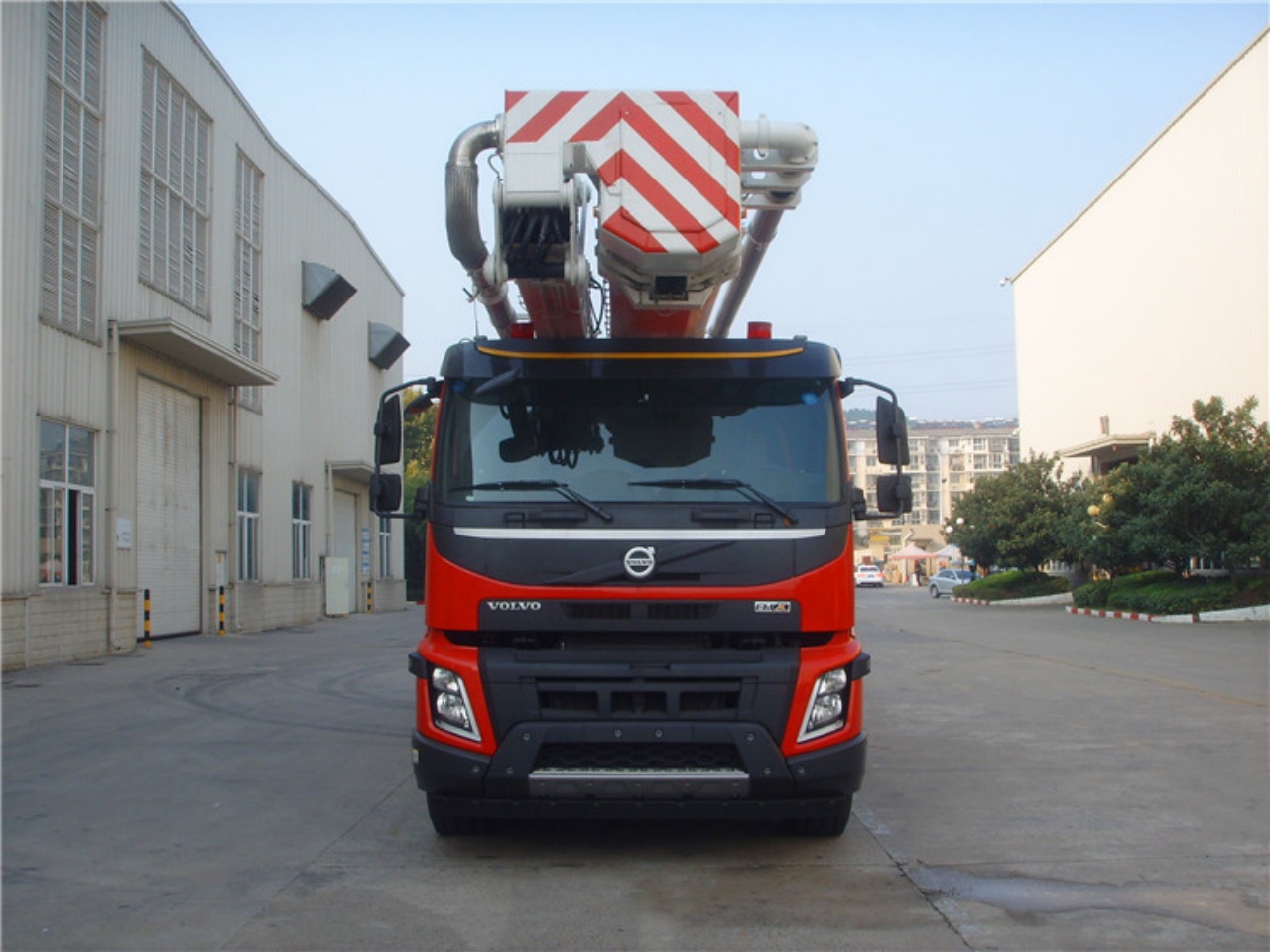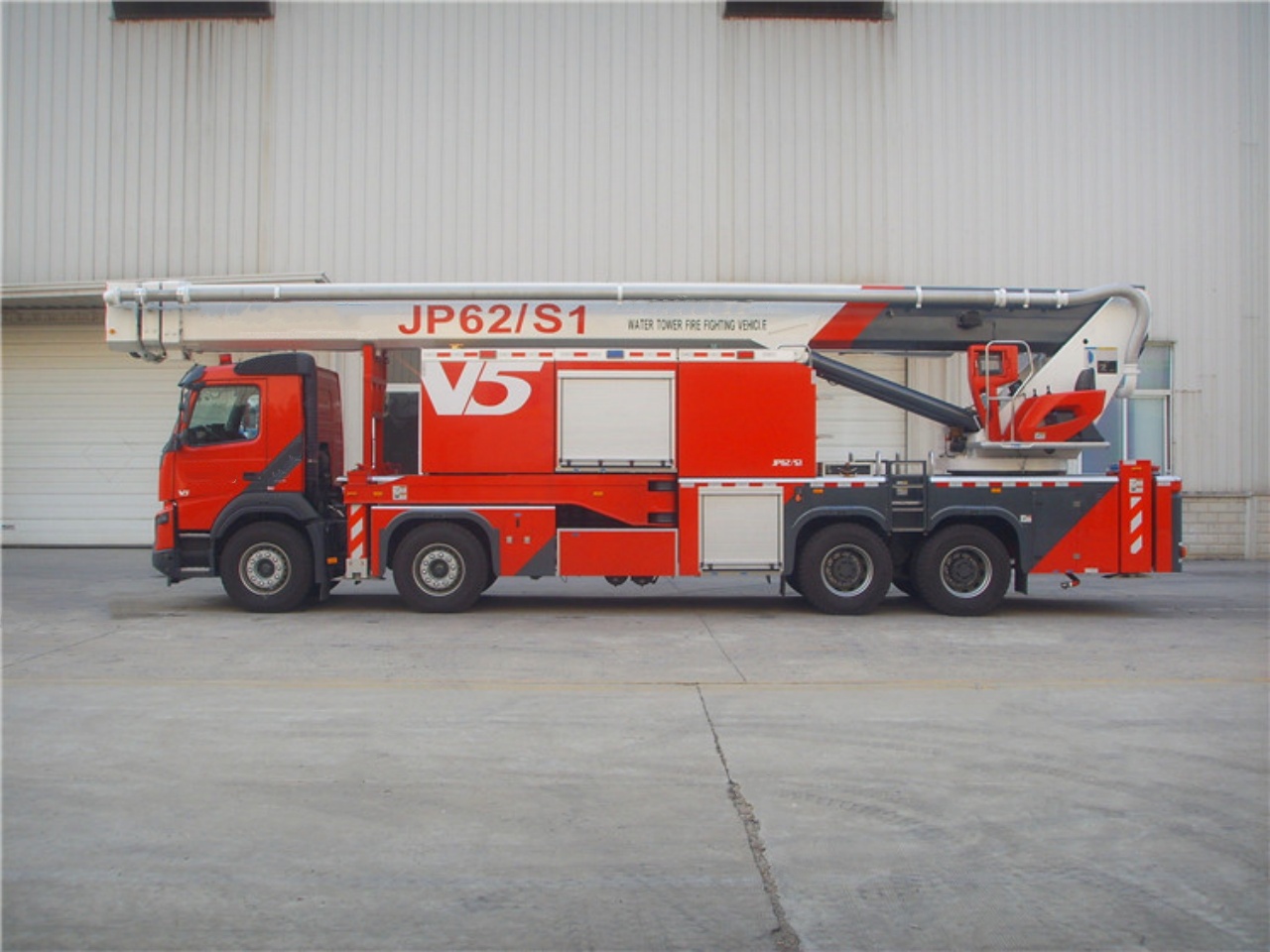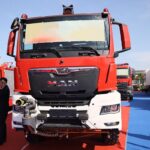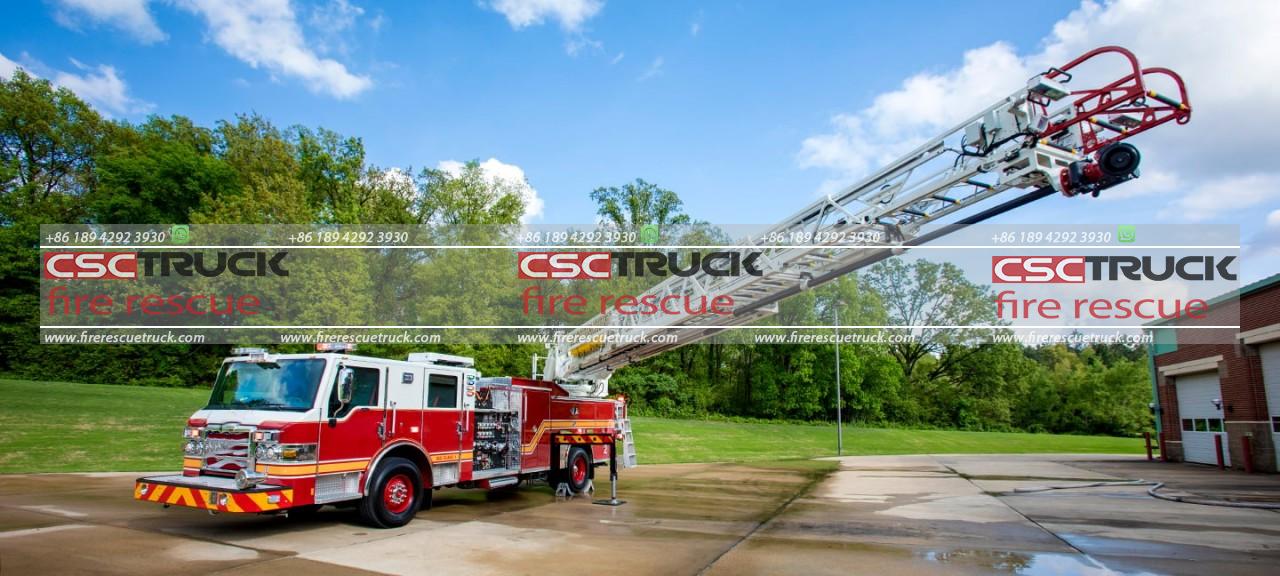Fires in industrial and petrochemical facilities pose extreme hazards, often involving flammable liquids, volatile gases, and structurally complex environments. These settings demand specialized fire suppression equipment capable of reaching high elevations, delivering large volumes of foam or water, and withstanding intense heat. One of the most advanced and indispensable pieces of firefighting apparatus for such scenarios is the High-Reach Foam Tower Fire Truck. Engineered specifically for tackling industrial and petrochemical fires, this truck combines elevation, foam delivery technology, and tactical versatility to effectively combat some of the most dangerous fire emergencies.
The Need for Specialized Firefighting Equipment in Petrochemical Industries
Petrochemical plants, refineries, storage depots, and other industrial facilities handle combustible substances under high pressure and temperature. Fires at such sites can escalate rapidly, involving tanks, pipelines, and processing units that are often elevated or difficult to access. Standard firefighting trucks, while useful in many urban and rural settings, often fall short in these high-risk, complex industrial environments.
The challenges include:
- Accessing elevated fire zones, such as the tops of storage tanks or refinery towers.
- Delivering high volumes of foam or water over large distances.
- Cooling and suppressing fires involving flammable liquids (Class B fires), which require specialized foam rather than plain water.
- Minimizing crew exposure to heat and toxic vapors during suppression operations.
To address these issues, fire departments and industrial safety teams deploy high-reach foam tower fire trucks, which provide extended vertical and horizontal reach, large-capacity foam systems, and remote-controlled nozzles.
Key Features of High-Reach Foam Tower Fire Trucks
High-reach foam tower fire trucks are designed to meet the demanding performance criteria required for industrial fire protection. The following are the core features that distinguish them from conventional fire apparatus:
1. Extendable High-Reach Boom
At the heart of the vehicle is a hydraulically or electrically powered extendable boom or tower, capable of reaching vertical heights ranging from 20 to 60 meters (65 to 200 feet), depending on the model. This allows firefighters to deliver foam or water from above or at high angles to suppress fires on storage tanks, reactor units, or elevated structures.
Modern units use telescopic booms made from high-strength steel or aluminum alloys. Some may include articulating segments for enhanced maneuverability in tight or obstructed spaces.
2. Foam Delivery Systems
Unlike standard aerial trucks that primarily use water, high-reach foam tower trucks are equipped with sophisticated foam proportioning and delivery systems. These systems mix firefighting foam concentrate with water in precise ratios (e.g., 3%, 6%) to generate a powerful stream of fire-suppressing foam.
The foam is effective against flammable liquid fires, as it forms a blanket that cuts off oxygen, cools the fuel surface, and suppresses vapor release.
High-reach foam trucks typically feature:
- High-capacity foam tanks (e.g., 1,000–3,000 liters).
- Foam proportioning pumps with electronic or mechanical controls.
- Remote-controlled foam monitors/nozzles capable of variable flow rates (e.g., 2,000 to 6,000 liters per minute).
- Reach-adjustable turret for precision targeting.
3. Pump and Water Supply Capabilities
These trucks often integrate high-flow water pumps (2,000–10,000 LPM or more) for standalone or hydrant-connected operations. They may also support dual-agent suppression, combining water and foam in different streams.
Built-in water tanks (e.g., 8000–12000 liters) allow for quick deployment upon arrival at the scene, while connections to municipal water or portable reservoirs enable sustained operations.
4. Stabilization and Safety Systems
Given the height and mass of the boom when extended, advanced stabilization mechanisms are essential. Outriggers or hydraulic stabilizers deploy automatically or manually to keep the truck balanced during high-reach operations.
Additional safety features include:
- Thermal imaging cameras for locating hot spots.
- Explosion-proof lighting for night or low-visibility operations.
- Operator cabins or control panels are protected by heat shields or remote operation capabilities.
5. Remote-Control & Monitoring
Most modern foam tower trucks are outfitted with electronic control systems that allow remote operation of the boom, nozzles, and cameras. This minimizes crew exposure to danger zones and allows for precise suppression strategies from a safe distance.
Some models even feature fully enclosed, climate-controlled cabins mounted on the boom, allowing operators to control the nozzle directly from a safe elevated position.
Applications in Industrial & Petrochemical Fire Scenarios
The high-reach foam tower fire truck plays a pivotal role in several emergency scenarios:
A. Storage Tank Fires
Storage tanks containing crude oil, gasoline, or chemical solvents are highly flammable and prone to boil-over incidents. Foam tower trucks can direct a heavy blanket of foam over the tank’s surface from above, effectively sealing off oxygen and preventing escalation.
B. Pipeline and Manifold Fires
Where pipelines or manifolds rupture and ignite, the fire may spread horizontally along complex networks. High-reach nozzles can attack the fire from above and reach over obstacles to suppress inaccessible flames.
C. Explosion Aftermath and Rescue Support
Following an explosion in a refinery or chemical plant, structures may be damaged, and access routes blocked. The extendable boom can provide an aerial observation point, deliver cooling streams to prevent re-ignition, and assist in rescue operations from elevated platforms.
D. Aircraft and Fuel Depot Fires
In airport fuel storage areas, fires require a fast response with foam agents. The foam tower truck’s mobility and reach allow it to protect infrastructure and reduce the risk of fire spread to adjacent tanks or facilities.
Integration with Industrial Firefighting Strategy
High-reach foam tower trucks are not standalone solutions. They are integrated into broader firefighting strategies, which may include:
- Fixed foam systems and deluge sprinklers at critical locations.
- Mobile fire brigades and quick-response vehicles.
- Mutual aid agreements between industries and municipal fire departments.
- Regular drills and training for effective foam deployment and tower operation.
Fire safety engineers often work closely with truck manufacturers to customize specifications based on site-specific risks, storage tank height, flammable materials handled, and local firefighting infrastructure.
Conclusion
In an era of expanding industrial and petrochemical infrastructure, the risks posed by fires involving hazardous materials demand equally advanced and capable firefighting solutions. The high-reach foam tower fire truck represents a convergence of modern engineering, firefighting science, and operational safety. With its ability to access high-risk areas, deliver large volumes of foam, and keep personnel at a safe distance, this truck is a vital asset in industrial emergency response.
From oil refineries and chemical plants to fuel storage terminals, the deployment of high-reach foam tower trucks ensures that industries are better prepared, better equipped, and more resilient against the potentially catastrophic consequences of fire.
